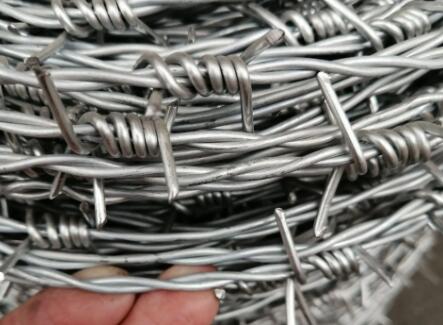Understanding Loose Drywall Causes, Effects, and Solutions
Loose drywall is a common issue that many homeowners encounter at some point. It can manifest as areas where the drywall appears to be detached from the wall studs or as bulging sections that lead to unsightly blemishes on the surface. Understanding the causes, effects, and solutions related to loose drywall is essential for maintaining the integrity of your home.
The primary cause of loose drywall is inadequate fastening during installation. When drywall sheets are not properly secured to wall studs with enough screws, they can begin to sag or shift over time. This can also occur as a result of settling in a house, where the weight of the structure can subtly shift, causing stress on the drywall. Additionally, exposure to moisture can weaken the adhesive properties of the drywall compound and the screws, leading to loosening.
The effects of loose drywall are not just cosmetic. Over time, loose sections can lead to more serious issues. As drywall becomes detached, it can create gaps that allow moisture to penetrate, resulting in mold growth. This poses significant health risks to the occupants of the home. Additionally, loose drywall can impair insulation, leading to energy inefficiencies. Homeowners may notice increased energy bills as their HVAC system has to work harder to maintain comfortable temperatures.
Addressing loose drywall requires prompt attention to prevent further damage. The first step is to identify the extent of the problem. Inspect walls for soft spots or bulges, and check for signs of moisture. Once identified, the following solutions can be implemented
loose drywall

1. Reinforcement For minor issues, the affected areas can be reattached to the studs using drywall screws. It's essential to make sure that screws are driven deep enough to secure the drywall tightly against the framing without damaging the surface.
2. Repair Mold Damage If moisture has caused mold to develop, it’s crucial to address this issue first. Mold can be harmful to health, so consider using a mold remediation service if necessary. After ensuring that the area is free of mold, any damaged drywall should be cut out and replaced.
3. Moisture Control Installing a vapor barrier or improving ventilation can help prevent future moisture issues. This is particularly important in areas prone to high humidity, such as bathrooms and basements.
4. Proper Installation If you’re planning to renovate or install drywall in the future, ensure you hire qualified professionals who are experienced in securing drywall appropriately. Proper initial installation is key to preventing loose drywall issues down the line.
In conclusion, loose drywall is an issue that can be fixed with the right approach and attention. By understanding its causes and implications, homeowners can take the necessary steps to maintain a safe, aesthetically pleasing living environment.

















